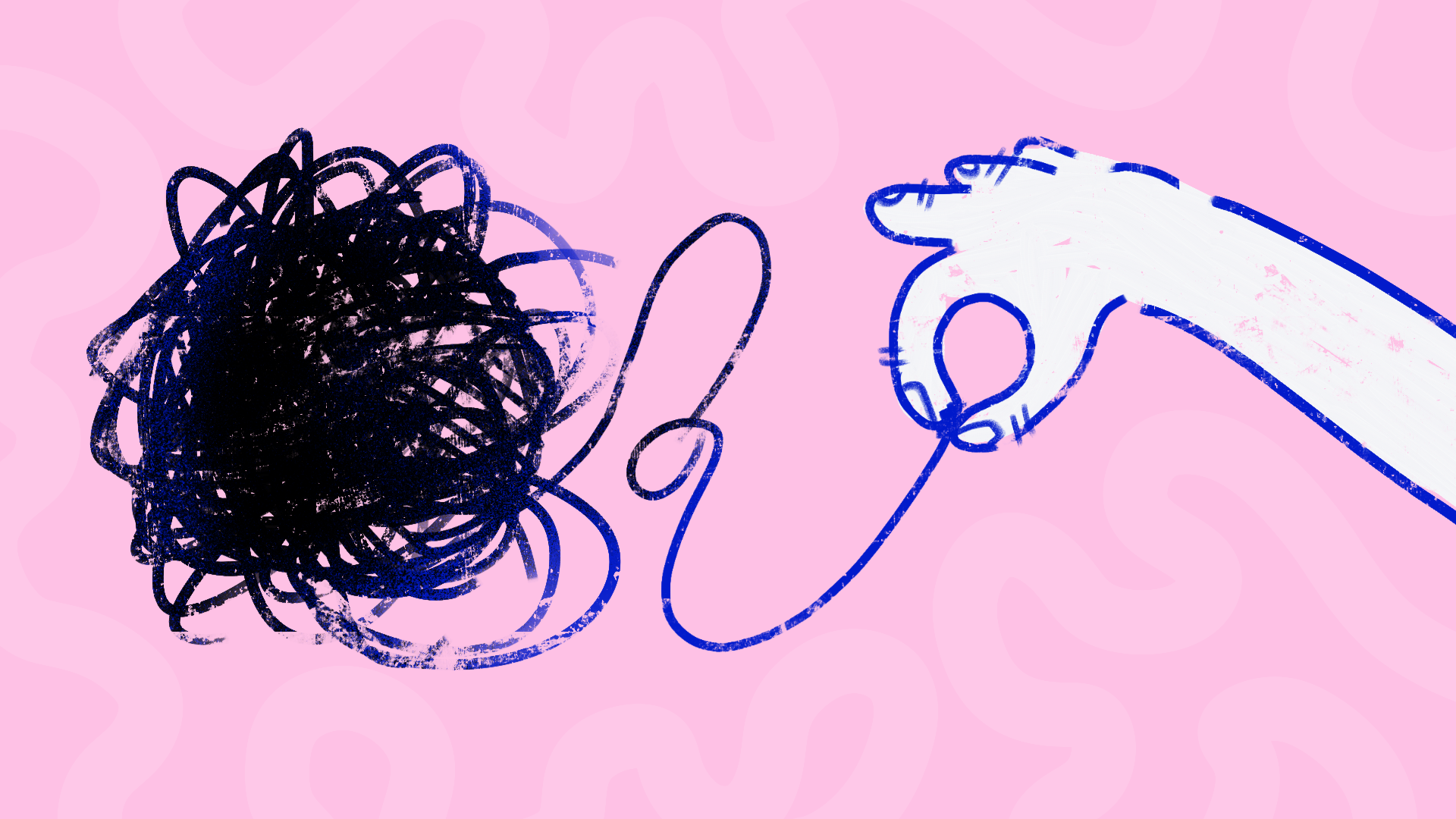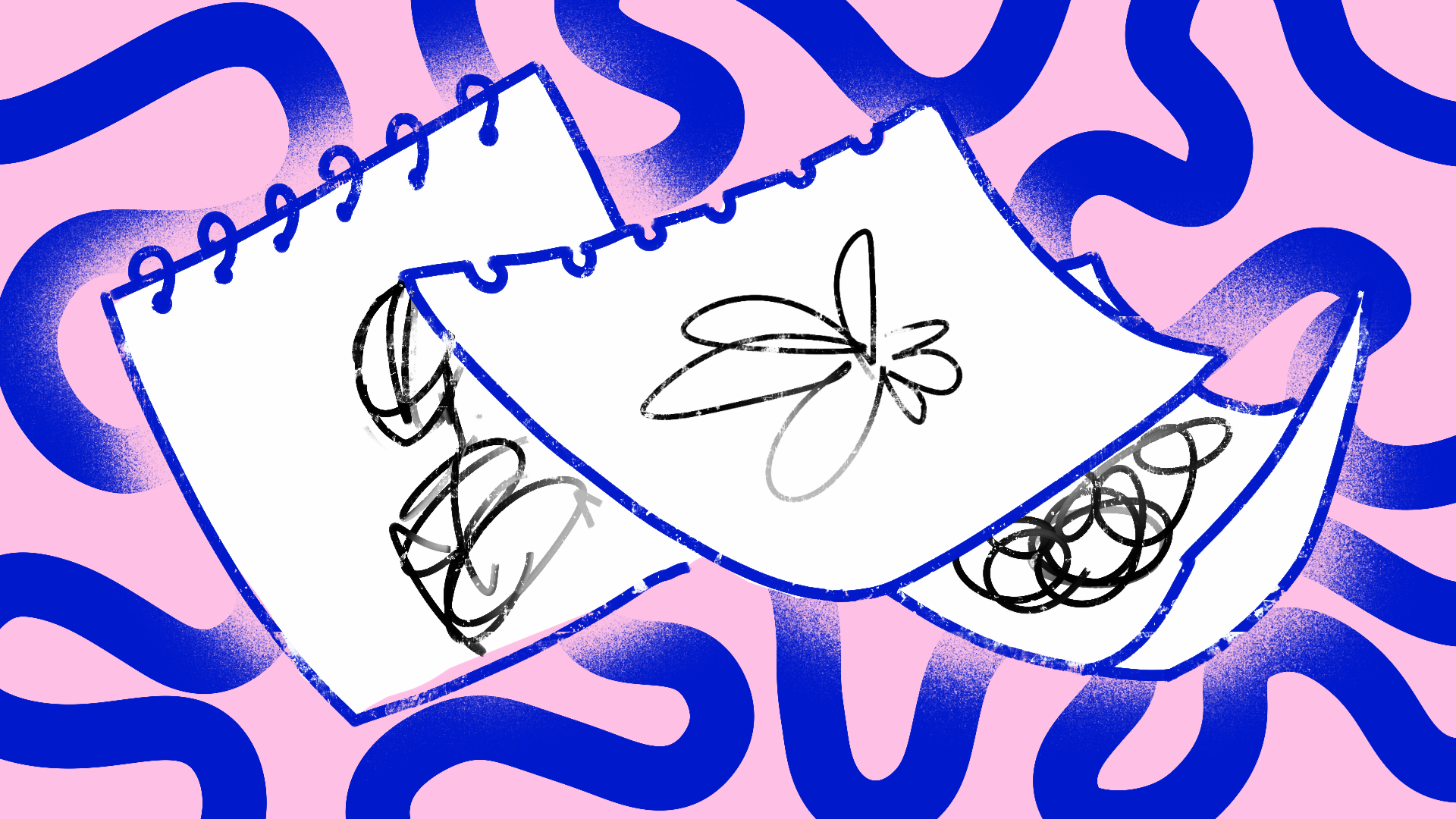The art of scribbling has a special and profound place in the world of animation, where every frame is a canvas for imagination. It’s the raw and unfiltered expression of ideas, as well as the unrestrained burst of artistic inspiration, that often serves as the very foundation for breathtaking animations. Scribbling may appear to have chaotic lines and shapes at first glance, but it is actually a deliberate art form in and of itself.
In this in-depth article, we explore not only the meaning of scribbling but also the techniques, methods, and valuable insights that our respected creative team has been kind enough to share.
The Scribble: Where It All Begins
In the sacred spaces of our well-known animation studio, everything that happens in the world of creativity starts with a simple scribble. Every creative project, from the biggest animated movie to the smallest storyboard, starts with a beautiful burst of inspiration that comes out of nowhere. It’s a brief moment when thoughts, feelings, and ideas flow freely from the deepest parts of the mind onto a clean page.
It’s where characters are made, complicated plots are built, and different art styles are tried out. Basically, the scribble is where the magic of animation really begins.
One of the most captivating and liberating aspects of scribbling is the sheer freedom it affords artists. It defies the rigid constraints of artistic rules and conventions, granting creators boundless liberty to break free from the relentless pursuit of perfection.
Techniques of Scribbling
While scribbling may initially seem like an impulsive and chaotic endeavor, it is by no means a random or haphazard act. Within the apparent frenzy of lines and strokes, there exists a nuanced world of deliberate techniques employed by our exceptionally skilled artists.

Here are techniques for effective scribbling:
Controlled Chaos
Start with a blank piece of paper and a pen or pencil. Begin by making small, controlled marks on the paper. These can be dots, short lines, or small shapes. The key is to maintain a sense of control over your movements. This controlled chaos can serve as a grounding exercise, helping you focus your thoughts and calm your mind.
Continuous Lines
Once you’re comfortable with controlled marks, try creating continuous lines. Keep your pen on the paper without lifting it and let your hand move freely. The lines can be wavy, curved, or angular. This technique encourages the flow of creativity and can help you enter a state of mindful relaxation.
Circles and Spirals
Drawing circles and spirals is a soothing technique. Start with small circles and gradually increase their size. Observe the gentle, repetitive motion and focus on the sensation of your hand moving in a circular pattern. Spirals can be especially calming, as they draw your attention inward.
Crosshatching
Crosshatching involves creating a series of intersecting lines. This technique can add depth and texture to your scribbles. Experiment with the angle and spacing of the lines to achieve different effects. Crosshatching can be a meditative way to explore patterns and shading.
Freeform Shapes
Scribbling doesn’t have to be limited to lines; it can also involve creating freeform shapes. Let your hand move spontaneously to form abstract shapes and patterns on the paper. This technique encourages creativity and can serve as a form of self-expression.
Zen Doodling
Zen doodling is a structured form of scribbling that combines repetitive patterns and shapes. Start with a simple shape or pattern and gradually build on it. This technique can be both relaxing and visually satisfying. It’s an excellent way to focus your mind and let go of distractions.
Layering and Overlapping
As you gain confidence in your scribbling, try layering and overlapping different elements. For example, create a series of circles and then draw lines that intersect and pass through them. This adds complexity to your scribbles and can be a visually engaging experience.
Monochrome and Multicolor
Experiment with different colors. While monochrome scribbling can have a calming effect, using multiple colors can make your scribbles more vibrant and expressive. The choice of colors can also influence your emotional state during the practice.
Texture Exploration
Focus on creating different textures in your scribbles. You can achieve this by varying the pressure of your pen or pencil on the paper. Light strokes can create delicate textures, while heavy pressure can result in bold and textured lines.
Incorporate Shading
If you’re using a pencil, explore shading techniques to add depth to your scribbles. Gradually darken areas to create shadow and contrast. This adds a three-dimensional quality to your artwork.
Scribbling as a Team Endeavor
In the confines of our esteemed animation studio, the act of scribbling is not an individual or solitary endeavor. The endeavor flourishes as a dynamic and cooperative undertaking wherein the entire creative team converges, contributing their diverse and distinct viewpoints to the metaphorical discussion.
The convergence of individual cognitive processes, each characterized by its own unique mode of expression, gives rise to animated works that possess not only captivating visual aesthetics but also profound intricacy and a wide range of creative variations.

How to Practice Mindful Scribbling?
1. Set the Scene: Find a quiet and comfortable space where you won’t be interrupted.
2. Gather Supplies: Grab a blank sheet of paper and a pen, pencil, or marker.
3. Start Scribbling: Begin by making random marks, lines, shapes, or patterns on the paper. Let go of any expectations or judgments.
4. Focus on Your Breath: Pay attention to your breathing as you scribble. Inhale and exhale deeply, syncing your breath with your movements.
5. Observe Your Thoughts: Notice any thoughts or emotions that arise during the process. Acknowledge them without judgment and return your focus to your scribbling.
6. Continue as Long as You Like: You can scribble for as little or as long as you wish. The key is to be fully present in the moment.
7. Reflect: After you finish, take a moment to reflect on how you feel. You may find a sense of calm, clarity, or relief.
Conclusion
The art of scribbling is a clear example of how much the human mind can do and how many options it has in the vast world of animation. It’s a thrilling journey into the unknown parts of the human mind. It’s also a passionate celebration of spontaneity and a joyful acceptance of flaws. You, dear readers, are cordially invited to fully embrace the captivating and transformative power of scribbling in your own creative pursuits with the help of the insightful techniques and experiences that our famous creative team has generously shared.
It’s a trip where chaos turns into order without a hitch, where mistakes aren’t just ignored but celebrated, and where every stroke of the pen could be the start of the next great animated work of art. Scribbling is waiting to let your creative genius flow freely and in an infinite number of directions, so pick up your pen, embrace the freeing chaos, and let your ideas flow freely.